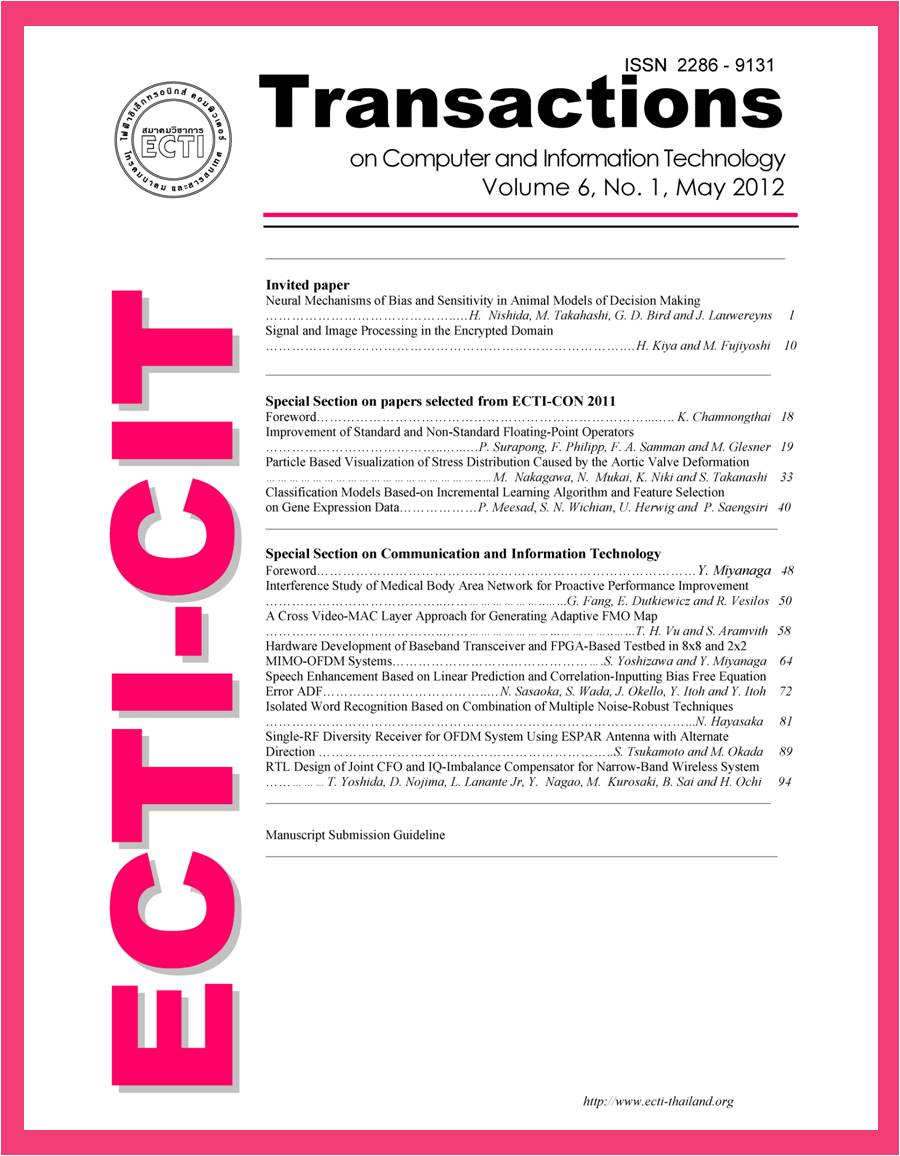Neural Mechanisms of Bias and Sensitivity in Animal Models of Decision Making
Main Article Content
Abstract
Animals perceive stimuli in their environment and are required to make motor responses according to this perception. The perception-to-action mechanisms rely on the accumulation of neural activity in specific areas of the brain that need to reach a threshold in order for the action to be initiated. These mechanisms can be influenced by various types of information and prospective outcomes; that is, contextual factors can speed up or slow down the processes. Here we describe how behavioral paradigms coupled with neural recordings can illustrate two basic features of the speeding up (or slowing down) of the perception-to-action mechanisms. The features are bias (a general increase in decision activity prior to stimulus onset) and sensitivity (a change in the cumulative firing rate up to a decision point). We then
propose the direction for future research emphasizing the need to examine bias and sensitivity with a focus on dynamics.

